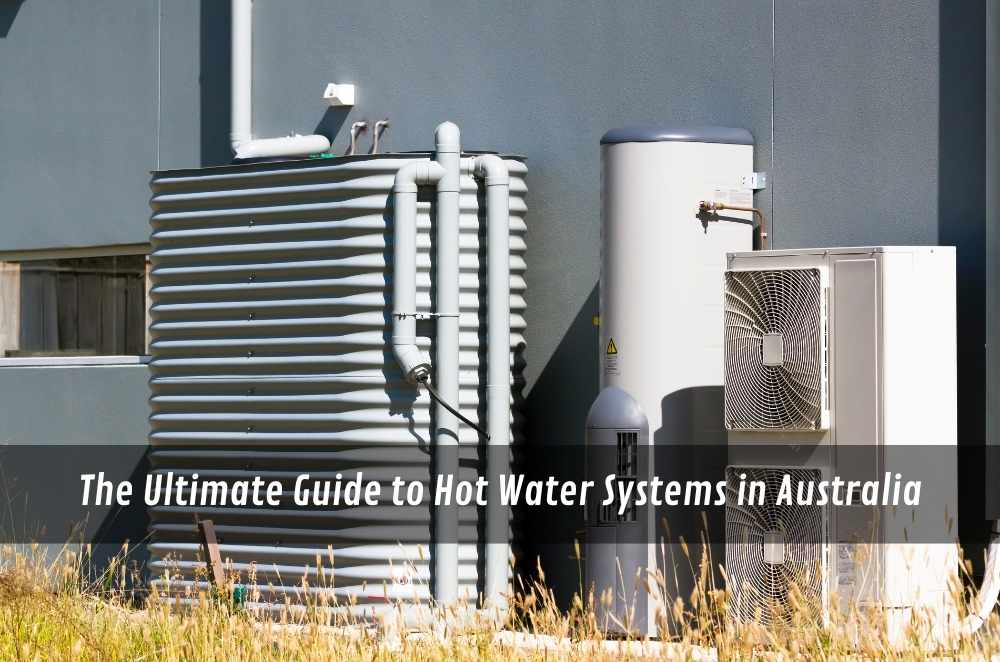
Choosing a hot water system isn’t something most households think about until the shower runs cold or a new build needs one. The right system depends on more than brand or price; it’s about how your home is set up and when your family uses the most hot water. I’ve seen places where a small tank looked fine on paper but fell short during the morning rush, and others where a larger system quietly did its job for years without fuss. If you’re unsure which way to go, it helps to lean on trusted experts in hot water who understand the quirks of Sydney homes. This guide lays out the options—storage, gas, solar, and heat pump—along with sizing, efficiency, and upkeep, so you can decide with confidence. The goal isn’t to sell you on one type, but to show how the right match makes everyday living easier.
How the main system types actually differ
Different technologies heat and deliver water in distinct ways. Matching these basics to your home reduces frustration later.
Electric storage: Simple to understand, steady delivery, relies on tank capacity and recovery rate.
Gas continuous flow: Heats as water passes through; strong for back-to-back showers if sized and supplied correctly.
Heat pump: Moves heat rather than making it; works best with thoughtful placement and ambient airflow.
Solar (with booster): Uses roof collectors; orientation and shading decide consistency, with a booster for cloudy periods.
In practice, I’ve helped a family that loved long evening showers and ran laundry at the same time. Their compact tank coped on quiet days, then faltered under overlap. Shifting to a well-sized continuous-flow unit stabilised temperature at two outlets without pushing the system hard. The key wasn’t chasing the newest gadget—it was sizing for simultaneous use and acknowledging the home’s layout. If your place has limited external wall space, a heat pump or slimline tank might suit better than a large gas unit. If the roof gets solid sun and pipe runs are short, solar earns a look.
Quick sense check:
Count how many fixtures run at once.
Decide whether you prefer “never runs out” (continuous flow) or “stored reserve” (tank).
Note site constraints: venting, airflow, roof suitability, and access for servicing.
Getting practical about efficiency and performance
Efficient operation isn’t just a label; it’s the interaction of technology, placement, and usage patterns. Start by mapping your highest-demand window—mornings for many homes—and then decide how the system will meet that peak without yo-yoing temperatures. Pay attention to inlet water temperature in cooler seasons; it affects how hard any heater must work. For heat pumps, protect airflow from obstructions; for gas, ensure compliant flueing and combustion air; for tanks, good insulation matters more than people think.
Across Australia, households are increasingly being encouraged to consider energy efficient hot water systems that balance comfort with reduced energy demand. The concept isn’t tied to one specific technology—it could be a well-sized heat pump, a solar-boosted tank, or even a carefully selected gas system that fits your property’s needs. What matters is matching the type of system to when and how you use hot water, so you get reliable showers without the system working overtime.
Focus points when comparing:
Recovery capability vs your peak demand window.
Temperature stability when two outlets run together.
Site details that influence efficiency: pipe runs, insulation, airflow, and shading.
Maintenance tasks you can keep up with over the long haul.
I’ve walked into properties where a perfectly good unit underperformed because pipework ran uninsulated through a cold undercroft. Fixing heat loss along the run steadied shower temps more than any brand swap would have.
Planning installation and commissioning the right way
Installation shapes everyday experience as much as the hardware choice. Clearances, anchoring, and valve placement influence reliability, while commissioning sets safe temperatures and verifies steady flow at your fixtures. If you’re sketching a plan, photograph the intended location, measure pipe centres, and note any nearby power points or gas lines. For rooftops, check rafter condition and shading across the day. For continuous-flow, confirm adequate gas supply or electrical capacity to support the chosen size.
Before you decide on placement, it helps to walk through the steps involved—from selecting the system to the final handover. A hot water service installation guide offers a clear way of thinking about where units sit, how safety devices are positioned, and what checks keep the water temperature stable once the system is running.
What a tidy install usually shows:
Solid mounting, clear access to valves and filters, and neat lagging on exposed pipes.
The tempering valve is set to a safe outlet temperature and documented.
Drainage paths for relief valves and condensate (where relevant) that don’t invite pooling.
Commissioning notes that list measured flow and outlet temperature at key fixtures.
In my own renovation, moving the unit half a metre improved access and reduced bends in the pipework. The difference showed up as quieter operation and less temperature wobble when the kitchen tap flicked on mid-shower.
Keeping things steady: maintenance that actually matters
Most issues trace back to small oversights. A periodic check keeps components doing their job and helps the system deliver consistent temperature without fuss. For tanks, brief the household on testing the temperature and pressure relief valve as recommended. Where anodes apply, schedule inspections to protect against internal corrosion. For heat pumps, keep intake and exhaust paths clear; for gas, treat flue integrity as non-negotiable. If you notice lukewarm spells, look for mixing at fixtures or debris at strainers before assuming the heater is at fault.
When things do go wrong, it’s often something simple rather than a complete breakdown. A loose connection, a build-up of scale, or a faulty valve can all create inconsistent temperatures. Looking into common hot water system problems can help you recognise whether you’re dealing with a minor fix or a sign that the system needs professional attention.
Simple habits that pay off in reliability:
Keep the area around the unit free of clutter for airflow and safe access.
Note any new noises, odours, or error codes and address them early.
Replace worn isolation valves and washers before they become stubborn.
After plumbing work elsewhere, recheck the flow at showers and mixers.
I’ve had a neighbour chase temperature dips for weeks; the culprit was a partially blocked aerator on a mixer. Cleaning it restored flow and normal outlet temperature in minutes.
Final thoughts
A good hot water setup doesn’t call attention to itself. It just delivers a stable temperature whenever your home needs it. Clarify the busiest times of day, decide whether storage or on-demand suits that pattern, and make sure the installation supports the hardware—clearances, valves, insulation, and airflow. Built-in light maintenance, and you’ll keep showers steady without thinking about it. If you want a local perspective shaped by daily on-site work across different technologies and property types, drawing on trusted experts in hot water can help you match system and site with fewer surprises down the track.

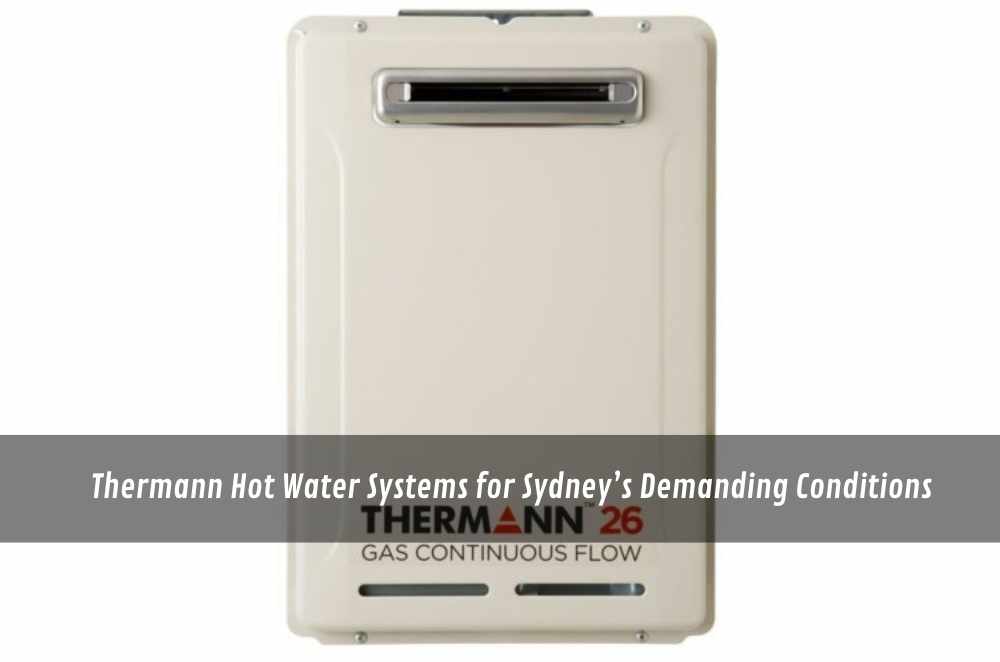
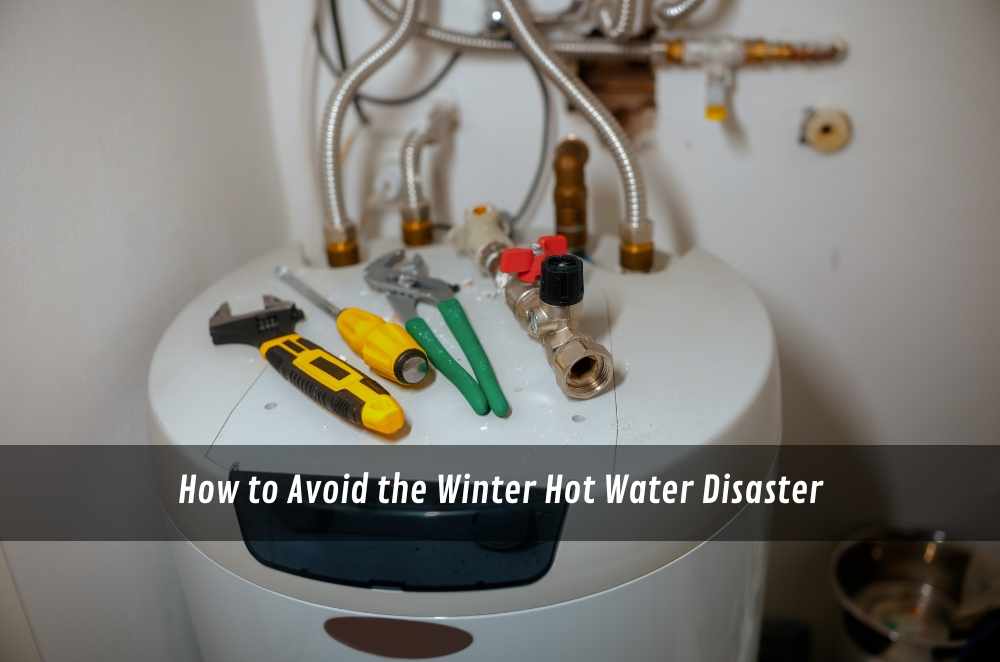
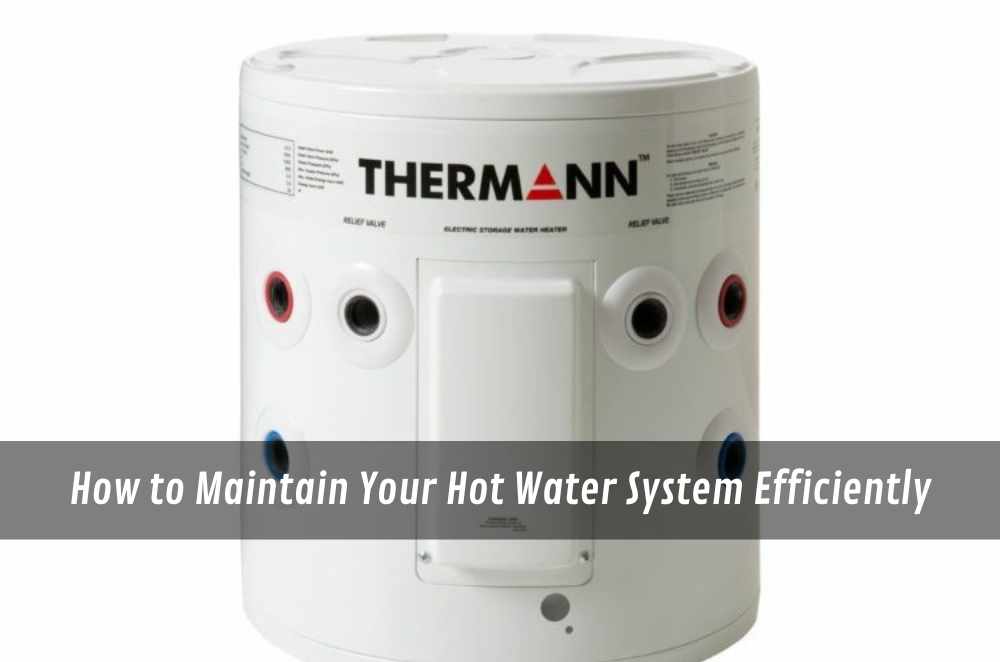
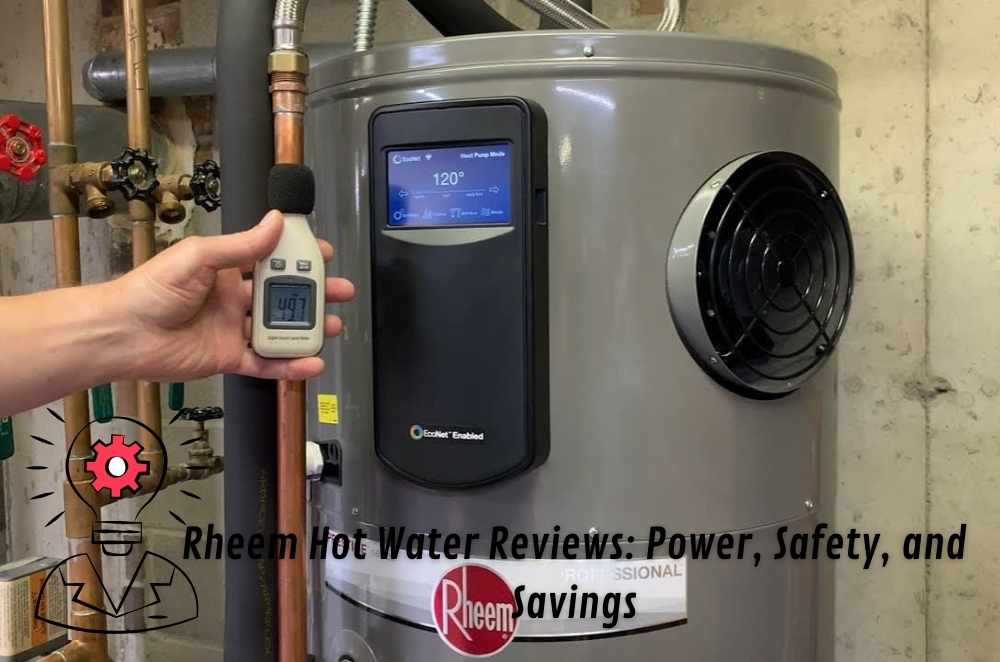
Write a comment ...